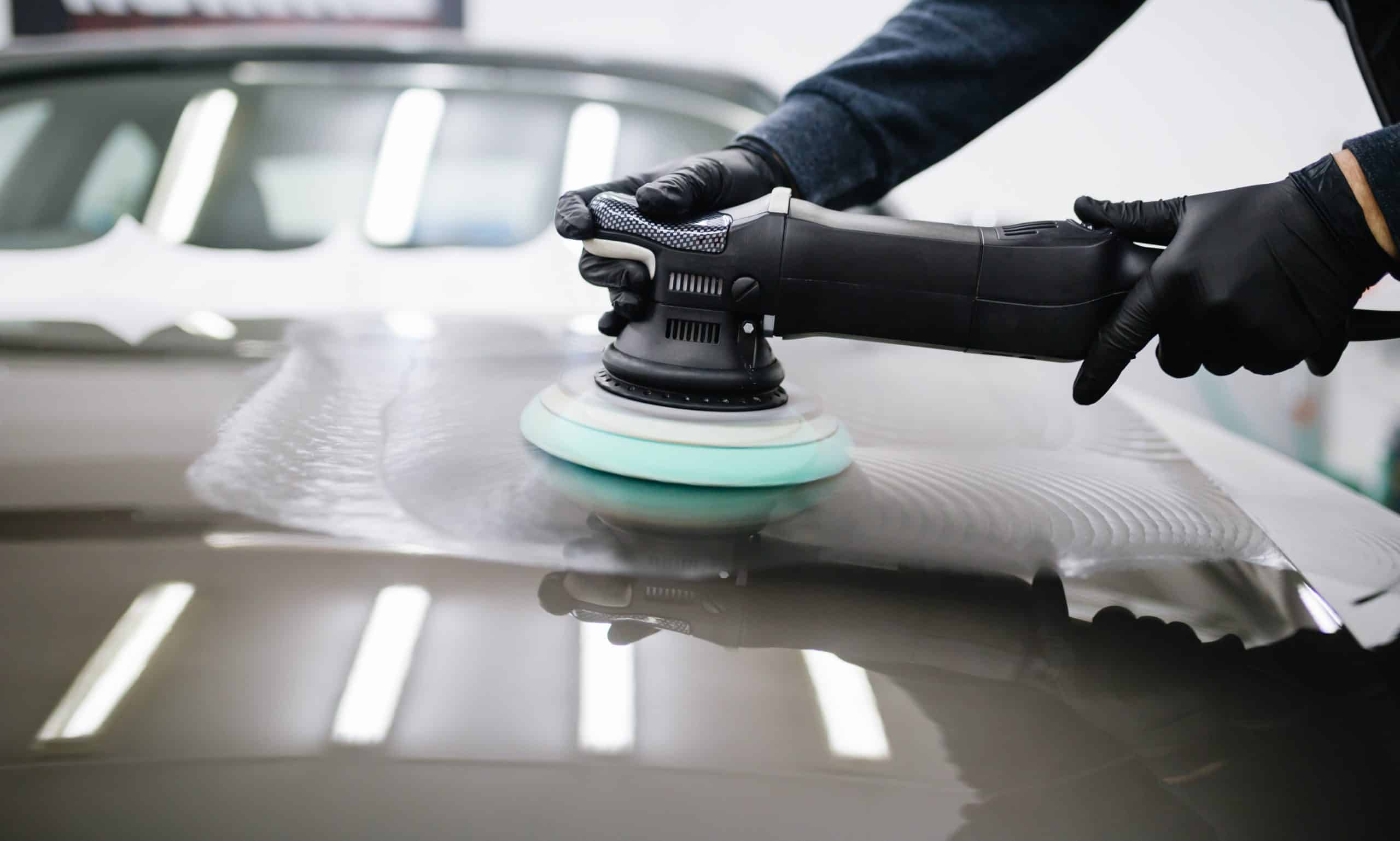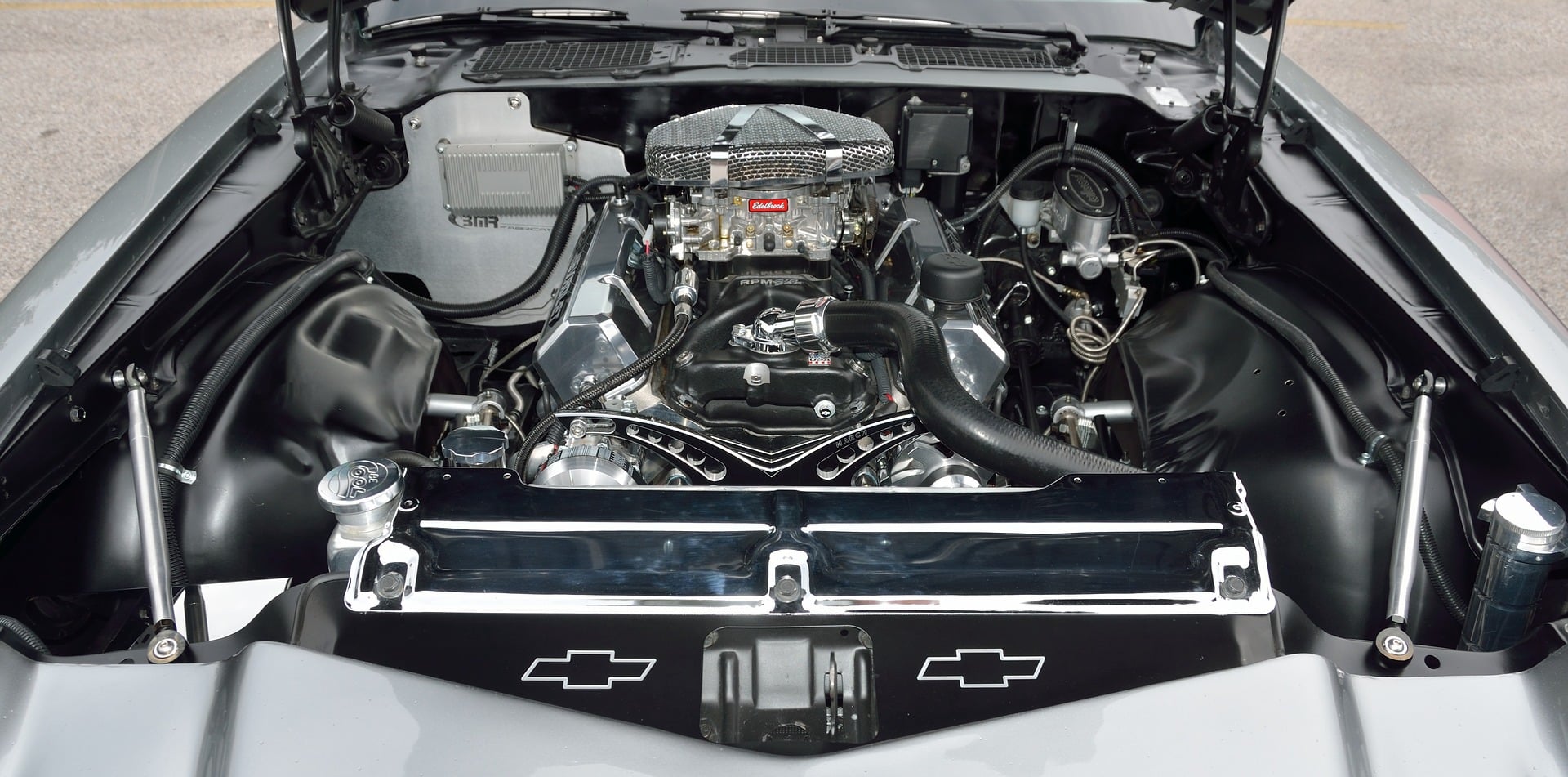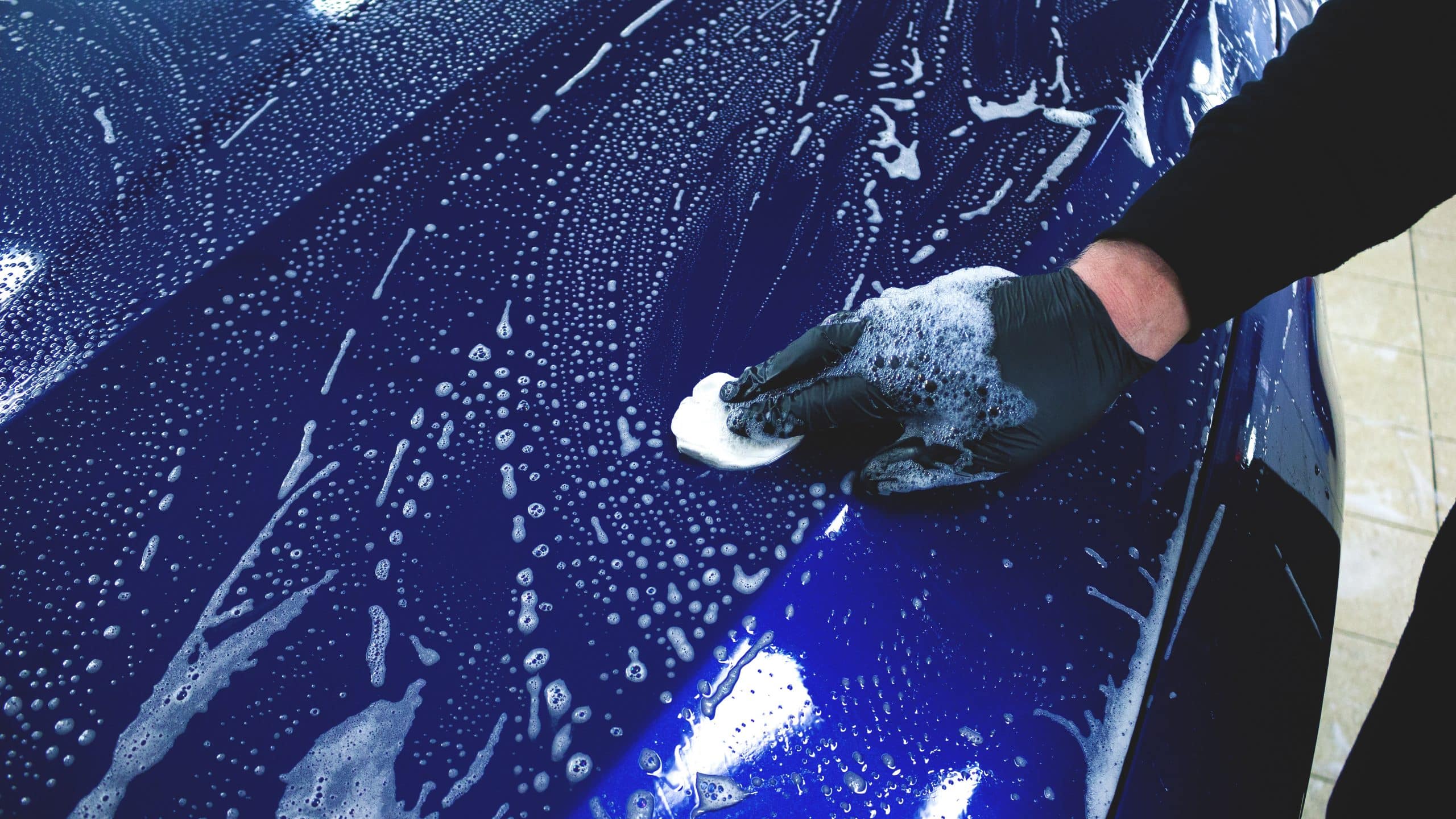Reconditioning a car battery is a simple yet effective way to extend its lifespan, save money, and contribute to environmental sustainability.

Car batteries are essential for our vehicles to function properly. But what happens when they start to lose their charge? Before you rush out to buy a new one, you might want to consider reconditioning it. Let’s dive into what battery reconditioning is and how you can do it at home.
What is Battery Reconditioning?
Battery reconditioning is the process of restoring a battery’s ability to hold a charge. In simple terms, it’s like giving your battery a second lease of life. Instead of disposing of a battery that’s not performing well, you can revive it and make it last considerably longer with enough power to perform its tasks flawlessly.
How to Recondition a Car Battery
Before you start the reconditioning process, it’s crucial to gather all the necessary tools and materials. Here’s a handy list to ensure you’re well-prepared:
Safety Gear:
- Protective gloves: To keep your hands safe from acid and other chemicals.
- Safety goggles: To protect your eyes from potential splashes.
- Coverall or old clothes: Battery acid can stain or damage clothing.
Basic Tools:
- Multimeter, battery tester or battery load tester: To check the battery’s condition before and after reconditioning.
- Toothbrush: Useful for cleaning the battery terminals.
- Funnel: To help pour the electrolyte mixture into the battery cells.
- Plastic bucket or container with lid: To safely collect and transport the old electrolyte.
- Flat head screwdriver: Depending on the battery type, you might need this to pry open the battery cell caps.
Materials:
- Baking soda: To clean the battery terminals.
- Distilled water: To mix with the Epsom salt for the electrolyte solution.
- Epsom salt (magnesium sulfate / MgSO4 ): Acts as a cleaning and desulfating agent to rejuvenate the battery cells.
Battery Charger:
- A slow charger is ideal for the reconditioning process. Charging slowly ensures the best results and prolongs the battery’s life.
Once you have all these items ready, you can confidently proceed with the reconditioning process, ensuring both safety and efficiency.
Step-by-Step Guide to Reconditioning a Battery
- Safety First: Before you start, make sure you’re in a well-ventilated area, and wearing protective gloves and goggles. Safety is paramount when working with batteries.
- Check your Battery’s Voltage or Load: Check your battery’s voltage or Cold Cranking Amps (CCA) with a multimeter, battery tester or battery load tester. A fully charged, healthy car battery should read about 12.6 volts. If it’s below 12 volts, it might benefit from reconditioning. CCA should be close to the specifications on the battery label.
- Clean the Terminals: Over time, battery terminals can become corroded. Mix a tablespoon of baking soda with an equal amount of water to create a paste. Apply this to the terminals and scrub with a toothbrush. Rinse with water and dry thoroughly. You can also use a battery terminal cleaning tool without using a cleaning agent, both methods work.
- Open the Battery Cells: Carefully remove the battery caps. If they’re sealed, you might need to drill small holes into them.
- Drain the Old Electrolyte: Pour the old electrolyte into a container or bucket which can be closed with a lid for safe transportation. Use caution: be careful not to spill, as this liquid is acidic. Dispose of this sulphuric acid with high lead content responsibly at a household hazardous waste (HHW) facility or contact your local government. This fluid is highly toxic if poured down the rain or released in the environment and will burn through clothes and cause serious skin burns.
- Prepare a Cleaning Mixture: Mix 10oz of baking soda per gallon of water to clean and rinse the battery internals. Tap water works just fine, but preferably use distilled water.
- Rinse with Cleaning Mixture: Poor cleaning mixture in all six cells of the car battery until it is completely full. Put the caps back on the battery and shake it vigorously for a couple of minutes, turning the battery in all angles. This will shake loose the sulfation and lead oxide on the bottom of the battery.
Without letting the battery fluid settle, immediately remove the battery caps and empty the fluid in a plastic container or bucket. The fluid will look dirty and gray.
Repeat this process 2 or 3 times, until the fluid comes out clean.
Now you have successfully removed most lead oxide sedimentation from the bottom of the battery and some sulfation. - Let the Cleaning Mixture soak: Now that most loose lead oxide and sulfation is gone, it’s time to remove the more stubborn fixed sulfation from the lead plates. To do this, let the cleaning mixture soak inside the battery for a couple of hours or overnight. Again close the caps and shake the battery vigorously in all positions. Immediately after, poor the mixture in a plastic container or bucket. Repeat this process 2 or 3 times, or until the fluid comes out clean.
- Prepare an Electrolyte Mixture: Mix 12oz (24 tablespoons) of Epsom salt per gallon of distilled water until the salt is completely dissolved. You want to heat the distilled water until it’s warm, because Epsom salt dissolves best in warm water.
- Refill with the New Mixture: Using a funnel, carefully pour your Epsom salt mixture into each cell until full.
- Recharge the Battery: Connect your battery to a charger and let it charge slowly for 24 hours. It’s essential to use a slow charge to ensure the best results.
- Test the Battery: After charging, use your voltmeter again to check the voltage. If it reads close to 12.6 volts, your reconditioning process was successful! You can check how strong the battery is with a battery load tester: it should read at least 70 to 80% of the CCA that’s advertised on the label, which is plenty. Then you’ll know the battery reconditioning was successful.
If the battery still doesn’t perform adequately, don’t give up on it yet. Give it a couple of discharging / slow charging cycles using anything that consumes 12V, like a lamp or any other 12V (cigarette lighter plug) appliance you have laying around. After a couple of cycles, there’s a good chance it will come around. If it doesn’t, there’s probably an internal short, a bad connection or one or more cells that are dead. In that case, it’s the end of the line for that battery. - Seal the Battery: Pop the battery cells’ caps back in place after smearing them round the edges using ordinary silicone or some other soft sealant to make them water-tight, because chances are that by opening the caps using a screwdriver, the watertight seal got damaged. Make sure there’s no excess sealant squishing toward the inside of the battery cells.
When the sealant has dried completely, carefully turn the battery on its sides, then upside down to check that there’s no acid leaking out. If there are no leaks, you’re good to go. If there’s acid leaking, trace the source and seal it again until it stops leaking.
Conclusion
Reconditioning a car battery can be a cost-effective way to extend its life. With a little time and care, you can give your battery a second chance, a third chance or in some cases even a fourth chance, depending on the type of battery and its use. Some people claim they have reconditioned their battery up to four times with great success!
However, some batteries may be beyond recovery, or too crucial to take a gamble on. It’s common sense that your daily driver needs to be 100% dependable at all times, rain or shine. Reconditioning the battery of a second car, lawnmower or quad on the other hand, may be a big money-saver.
With a little time and care, you can give these batteries a second chance. Who knows; maybe a third or fourth chance? However, always prioritize safety and know when it’s time to invest in a new battery.
Stay curious, and until next time, keep exploring the incredible world of automotive wonders!
FAQs
Is reconditioning a battery always successful?
No, not always. If a battery is too old or internally damaged, reconditioning might not work. It’s worth trying, but there’s no guarantee.
How often can I recondition my car battery?
Depending on battery type, condition and use, sometimes once, sometimes several times. Some people report having reconditioned the same battery multiple times successfully, prolonging its life significantly. In some cases, battery life can be stretched to 15+ years without having to replace the battery.
However, if you find yourself needing to do it often, it might be time for a new battery.
Is it safe to recondition a battery at home?
Yes, but always prioritize safety. Work in a well-ventilated area, wear protective gear, and avoid contact with the battery acid.
How long will my reconditioned battery last?
This varies. Some batteries can last several more years after reconditioning, while others might only last a few months. Some may even die a couple of days later. It depends on the battery’s age, condition and use.







